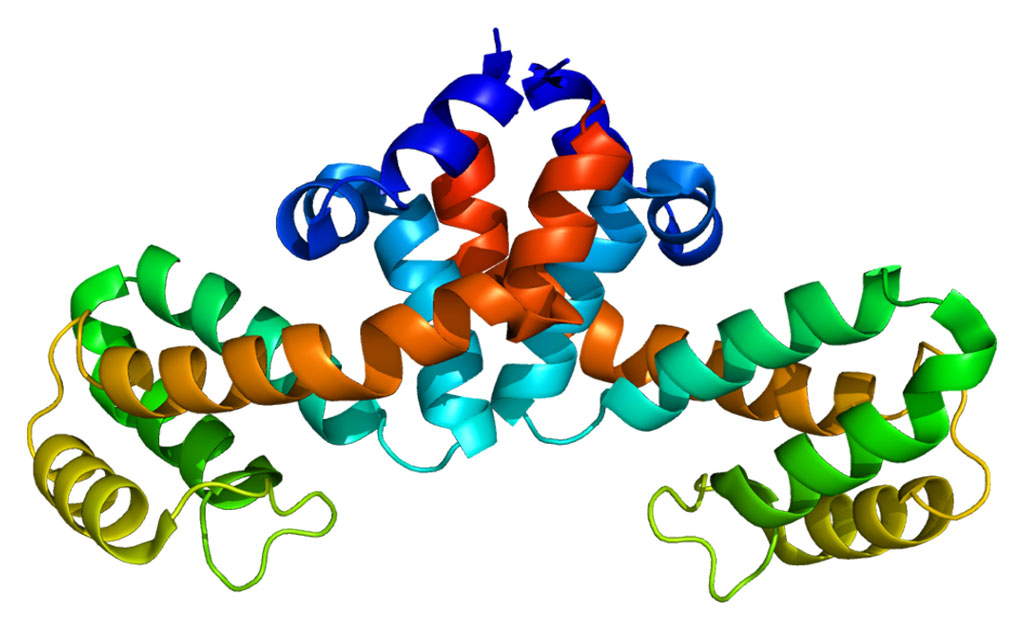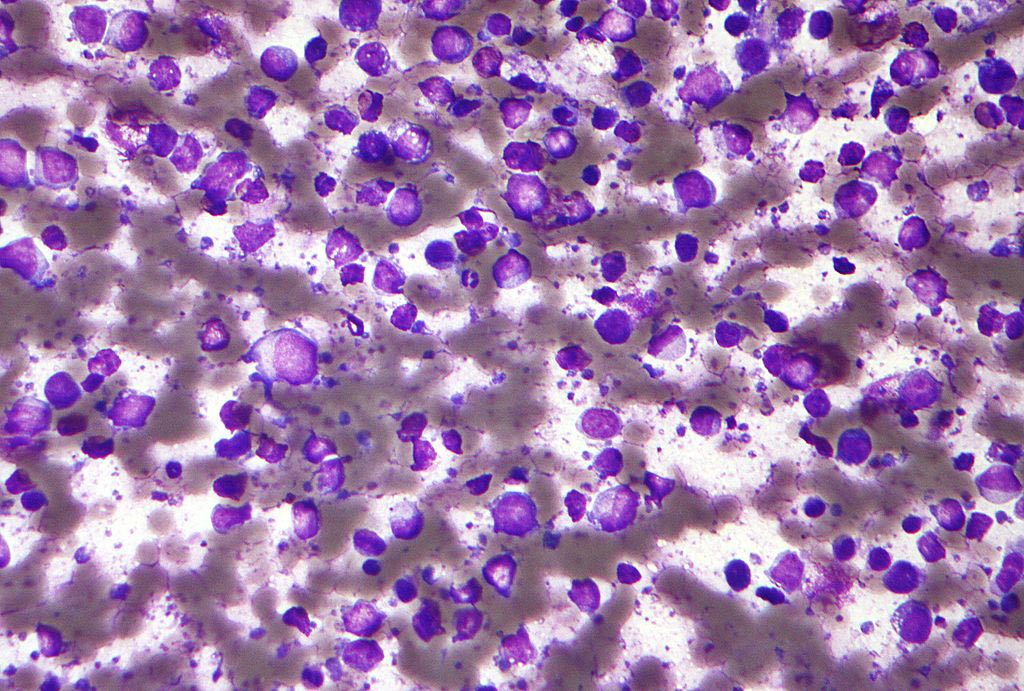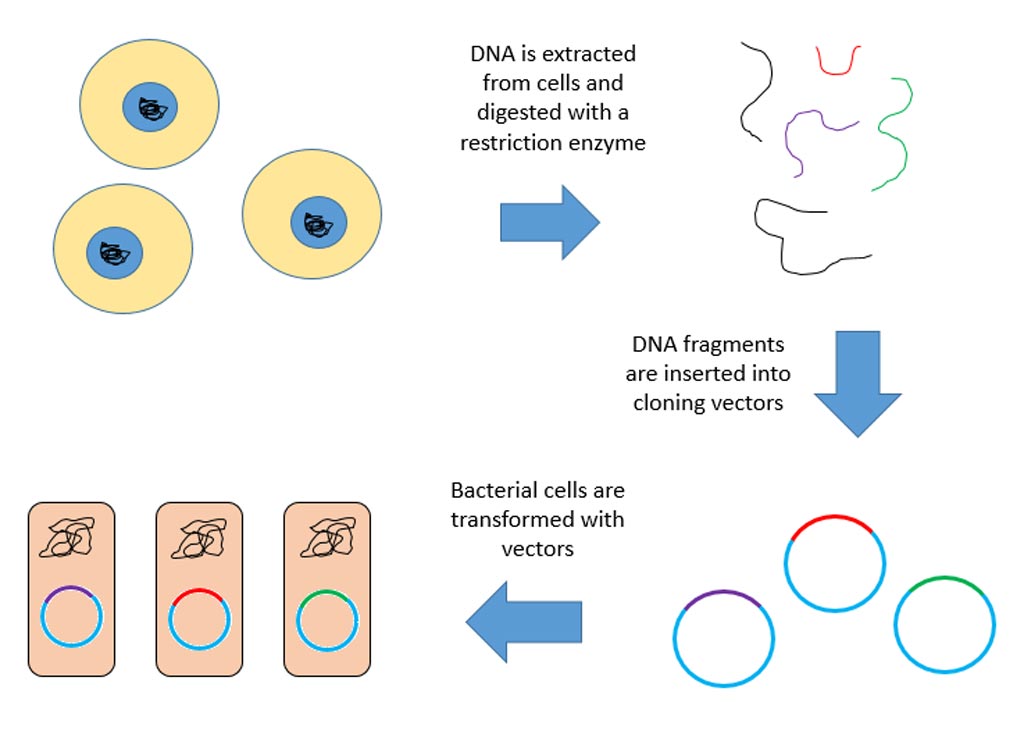Notch Signaling Activity Controls Muscle Regeneration
By Biotechdaily staff writers
Posted on 10 Dec 2003
Researchers into aging have found that the Notch signaling pathway is critically involved in the decreased ability of muscles to regenerate after injury in older individuals.Posted on 10 Dec 2003
The Notch signaling pathway is an evolutionarily highly conserved system for cell-cell communication, which exists in most if not all multicellular species. Notch receptors undergo a complex set of proteolytic processing events in response to ligand activating, which eventually leads to release of the intracellular domain of the receptor.
Investigators at Stanford University (Palo Alto, CA, USA) worked with a mouse model to examine the effect of the Notch pathway in muscle satellite cells. They found that the cells from older mice (equivalent to a 70-year-old human) did not reproduce as rapidly as those from younger animals, and that this was due to a decrease in synthesis of the Notch protein Delta.
They reported in the November 28, 2003, issue of Science that they could slow muscle regeneration in young cells by inhibiting Notch activity. On the other hand, older cells could be rejuvenated by treatment with a molecule that mimicked the activity of the Delta protein.
"What you really want to do is maintain the youthfulness of the regeneration pathway,” said senior author Dr. Thomas Rando, associate professor of neurology and neurological sciences at Stanford University. "If you presume that normal muscle bulk is maintained by gradual replacement of muscle tissue by satellite cells and that gradual replacement is diminished in older people, that would lead to atrophy. Figuring out atrophy in one of the pathways could relate to the others.”
Related Links:
Stanford University













